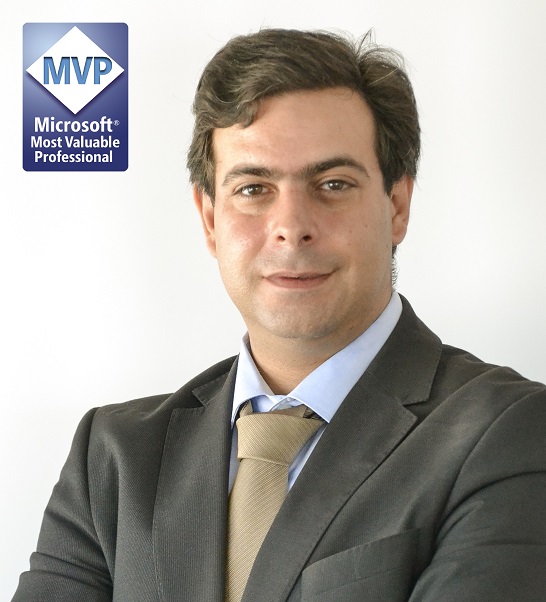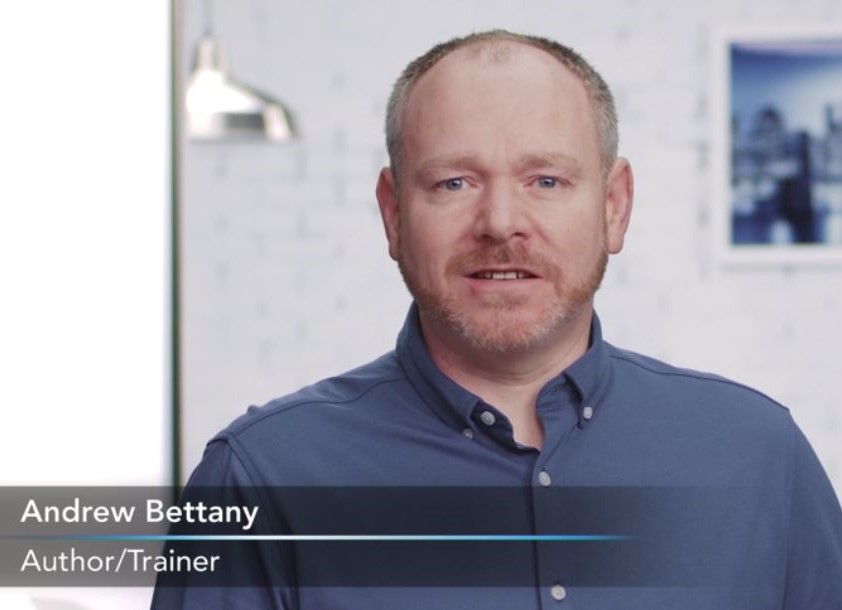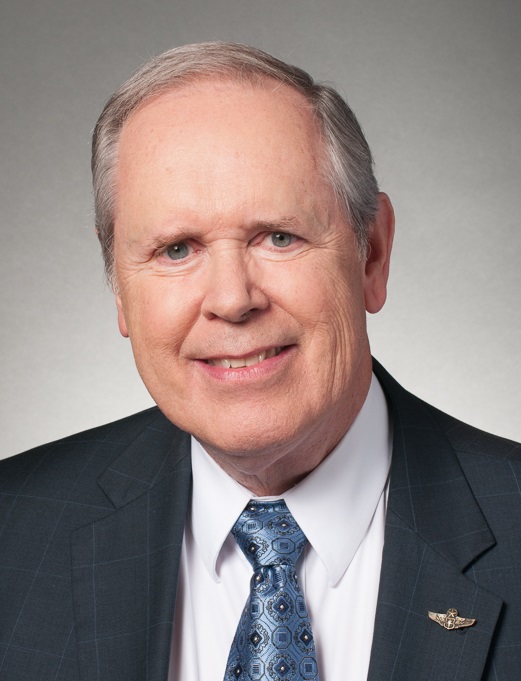Network Monitoring is the practice of identifying components within the network that are in need of help or problem solving. These components can include but are not limited to components, availability, latency and reachability in the network. By monitoring your network using a monitoring software it can provide real time information to the network administrator to help the network run optimally, proactively determine needs, and optimize efficiencies. Harry Brelsford of SMB Nation sits down with Jordan MacPherson to discuss Park View Network Management services.
Video Transcription
Harry Brelsford
Hey, nation nation, we’re back with Park Place over the last couple of quarterly briefings we have found, they have really expanded their portfolio of both services and solutions, and products. We’re here with Jordan McPherson. Good day, Jordan.
Jordan MacPherson
Hey, thanks for having me. Glad to be here.
Harry Brelsford
Great. Where? Where are you located?
Jordan MacPherson
Sunny Cleveland, Ohio.
Harry Brelsford
Now okay. Well, as we record this podcast, there’s a big cold front going across the nation. I’m feeling it down here in Austin. Are you impacted by the cold fret today?
Jordan MacPherson
Well, you know, I think what we see here in Cleveland is if you don’t like the weather, just wait, right? We’ve gone through the four seasons these last couple of days. I think it was 60 degrees earlier this week. And I think we got a winter storm tonight. So
Harry Brelsford
Well, there we go. Hey, um, we’re going to talk about Park View network management. So give us the 411. What is what is this tool all about?
Jordan MacPherson
Well, to start with, it’s more of a service than a tool. We’re really focused on delivering network outcomes for our customers. So folks that lack either a skills gap or have enough people to kind of properly keep up with the network. You know, we’re focused on augmenting their teams, right? So whether that’s through timely actionable alerts, or a patch management, Cadence break, fix remediation at 2am on a Saturday, we’re there to support them.
Harry Brelsford
Okay. Okay, cool. And is this looking over the Pro? Sure. There was the term force multiplier. I like that term. I think I’m gonna steal that. What’s basically you’re describing what you just described, right, that you’re additive?
Jordan MacPherson
Yeah, we’re, you know, our goal is not to take anybody’s job or anything, it’s, it’s to make them more effective to allow them to scale a little bit better focus on the projects that are gonna try value for their business, as opposed to getting caught up in the, you know, the chores related to maintaining a network, right, we use called Karen feeding maybe, right?
Harry Brelsford
Yeah. Yeah, absolutely. And then I’m looking at the support tiers that says base is it sounds that sort of the base service, plus, and then full? Do you want to delineate between the three levels of support tiers?
Jordan MacPherson
Sure, yeah. So base is really focused on monitoring. Smart escalation. So including reaching out to other vendors, like an ISP, or an OEM notification based on a Rota, or impact, right, taking steps to reach a root cause type pieces, we also offer telephone advice and guidance. So if there’s a question about, you know, what are you guys seeing with log for J? Am I affected? You know, sometimes we just need a sounding board. And it right, it’s hard to work in a bubble. Yeah. And then, as you work up the stack to plus, that’s where we go from kind of washers and notifiers to remediation, so actioning those events on behalf of the customers actually logging into the network equipment, and making a fix. It’s also our patch management. So we get into that regular cadence and making sure that everything’s up to date and secure. And then when we get to full, I mean, that’s really more for, you know, the customer that has has that gap, right? They don’t have a networking team, you know, it’s maybe a director and a Windows or a VMware resource, and the network is just sort of, you know, there’s not enough of it to justify having somebody on staff, and they’d like to, you know, get rid of that responsibility.
Harry Brelsford
Yeah. Yeah. As I look over here, and I’m staring at your your flyer, quarterly health checks. Do you also do quarterly business reviews? QBRs. Is that analogous to that? Or that? It is? Go ahead?
Jordan MacPherson
Yeah, perfect. Yeah. So, you know, when we talk about communication paths with a customer rate, we’d like to touch at least once a week from a manager to manager. You know, are there any problem tickets? Have there been any issues? Is there anything we should be aware of this week, as far as you know, the CEO is going to be in our, you know, Boston location. So, you know, if you could keep a closer eye on it, that would be great. Right? So those sorts of standard meetings, from a QBR standpoint, the focus then becomes, what’s the State of the Union? Right, you know, what do we see in the environment? What’s what’s been kind of noisy and problematic, what you know, what changes we recommend, but we also want to ensure business alignment. So understanding what our customers are working on and how we might be able to make a Better recommendation for what they could be doing or a path they could go down, making sure that we take that feedback into our improvement cycle on our offerings. So, you know, if we start to hear a lot of, you know, push around, you know, SD Wan, kind of old hat, but I’ll use it as a filler here, right? You know, maybe we start to build a specific offering, or make sure that we have capabilities there. And that we’re aligned to kind of organizationally, and not so much the tactical.
Harry Brelsford
And finally, what’s the size of entities you work with? You know, by definition, I am SMB Nation. So, I’m always kind of curious, clearly this work at the enterprise level, how low do you go?
Jordan MacPherson
You know, what, it’s funny, it does work at the enterprise level. And I think it works just as well in that small medium size to in for different reasons, right. I think that, you know, in the enterprise, it’s easier to take pieces of this and work with a partner and you know, the way their budget cycles, but on the, you know, the SME, we have some customers with as little as you know, 10 or 15, network devices that we’re working with, to, to manage for them. Because they just, you know, there’s kind of a great resignation and staff shortages, right, it can be difficult to find, or to justify having a full time network resource, right to take care of these things. And so when you get into that fractional resource model, managed services make a ton of sense. And, you know, our processes are built around efficiency. So the size doesn’t, doesn’t really change for us how we engage.
Harry Brelsford
No, we’ll call that a win. Well, thanks for being on our quarterly briefings. Thank you very much.
Jordan MacPherson
Thank you for having me.































